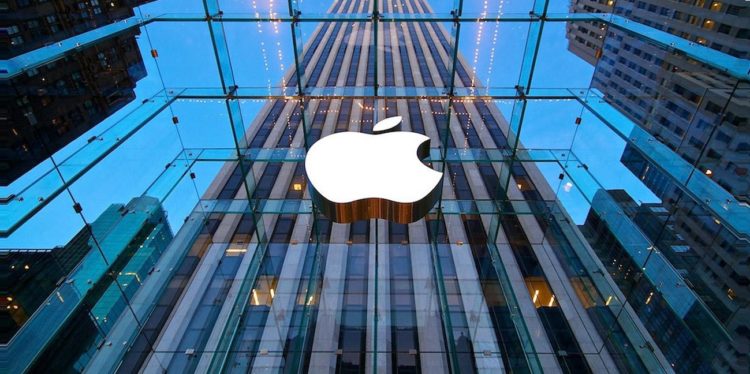Apple’s sales grew 2% during the quarter, compared to 36% growth in the same period last year and over 8% growth in the March quarter.
Extended trading saw Apple stock rise more than 3%.
The company was anticipated by industry experts to provide forecasts for the fourth quarter earnings of $1.31 per share and over $90 billion in revenues.
The fact that Apple’s iPhone sales were higher than anticipated by Wall Street suggests that consumer interest in the iPhone 13 series is still high even though it is now in the latter half of the product’s yearly release cycle.
Apple’s Services business was the division of the company that grew at the quickest rate throughout the quarter.
This includes revenue from the iPhone App Store as well as money from monthly subscriptions, payment fees, warranties, search licensing fees from Google, and other sources.
Although this is a decrease from the 17 percent growth it posted in the previous quarter, the growth of services was above 12 percent throughout the quarter. This increase is also a decrease from the 27 percent growth it reported during the same time period the previous year.
Apple has 860 million active paid subscriptions, which includes anyone who subscribes to an app that is sold on the Apple App Store in addition to items like Apple Music and iCloud. This number does not include free trial subscriptions.
Sales of Mac computers fell short of the general consensus’s forecasts and were down more than 10 percent year-over-year. The Apple MacBook Air is the most popular kind of personal computer.
Apple’s iPad sales fell by 2 percent annually, but this result was better than what was expected by Wall Street. This is significant given that iPad tablets were one of the product lines that analysts feared Apple may shift its focus away from due to a processor shortage.
The other products segment of Apple’s business, which includes headphones like AirPods, Apple Watches, and HomePod speakers, experienced an annual loss of more than 8 percent and fell short of Wall Street’s forecasts.
The company’s own projections for the gross margin back in April were surpassed by Apple. Apple’s reported gross margin came in at 43.26 percent, which is higher than the range of 42 percent to 43 percent that the company projected earlier in the year.
The key figures from the report are listed below:
EPS: $1.20 vs. $1.16 estimated, down 8% year-over-year
Revenue: $83 billion vs. $82.81 billion estimated, up 2% year-over-year
iPhone revenue: $40.67 billion vs. $38.33 billion estimated, up 3% year-over-year
Services revenue: $19.60 billion vs. $19.70 billion estimated, up 12% year-over-year
Other Products revenue: $8.08 billion vs. $8.86 billion estimated, down 8% year-over-year
Mac revenue: $7.38 billion vs. $8.70 billion estimated, down 10% year-over-year
iPad revenue: $7.22 billion vs. $6.94 billion estimated, down 2% year-over-year Gross margin: 43.26% vs. 42.61% estimated.
Read more on Tech Gist Africa:
Microsoft releases its fiscal Q4 earnings, falling short of revenue projections










